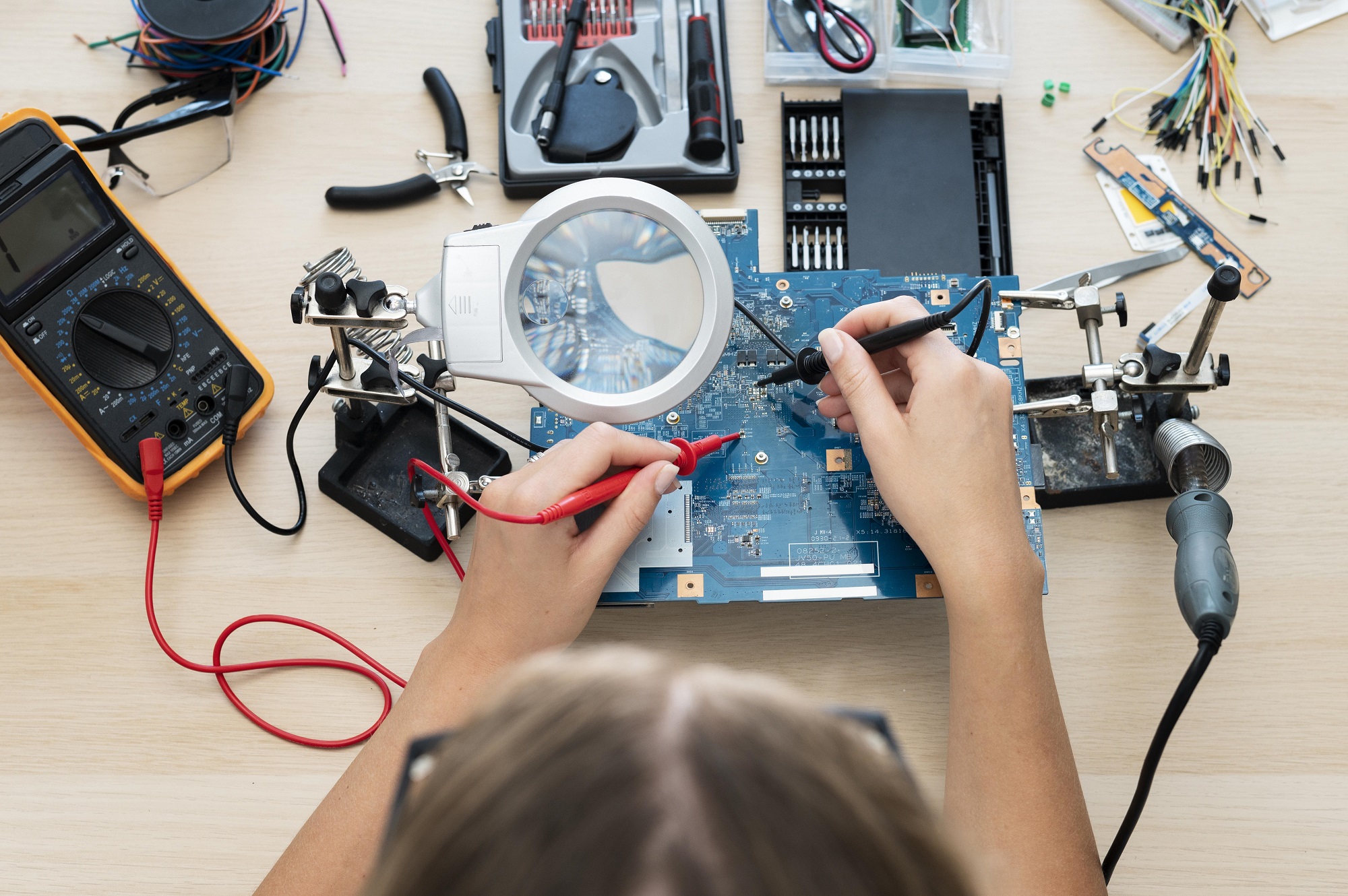In the ever-evolving world of electronics and automation, embedded systems serve as the backbone of innovation. From smart homes to industrial robots, these systems control the future. That’s why embedded system trainer kits for engineering labs have become essential in preparing students for the modern tech landscape.
These kits bring real-world microcontroller and microprocessor applications directly into the classroom, offering structured, hands-on learning that goes beyond simulation.
🧩 What are Embedded System Trainer Kits?
Embedded trainer kits are practical educational tools designed to teach students how embedded systems work. They include:
- Microcontroller or microprocessor boards (like 8051, ARM, Arduino, PIC, STM32)
- Interfacing modules (LEDs, sensors, motors, displays)
- Development software (IDE, compilers, loaders)
- Experiment manuals and sample codes
These kits allow students to build, test, and deploy real-time applications.
🎓 Importance in Engineering Education
As embedded systems become more critical across industries — from automotive to healthcare — students need more than textbook knowledge.
Using embedded development boards, students learn:
- Embedded C programming
- Peripheral interfacing
- Interrupt handling
- Sensor integration
- Real-time signal processing
- IoT-based communication
This experience makes them industry-ready and improves placement opportunities.
⚙️ Core Features of a Good Embedded Trainer Kit
Modern engineering lab kits for embedded systems offer:
- 🔌 Plug-and-play modules
- 📘 Syllabus-aligned experiments
- 🧠 Built-in debugger and serial interface
- 🖥️ USB connectivity and power supply
- 🌐 IoT capabilities (Wi-Fi, BLE, GSM)
- 💾 Expandable memory and SD card support
These features help replicate real-world use cases and prepare students for embedded system design challenges.
💡 Embedded Systems in IoT & AI
Embedded systems are central to Industry 4.0 and smart tech evolution. Trainer kits now come with:
- Wi-Fi/Bluetooth/GSM modules
- Cloud integration (ThingSpeak, Blynk, etc.)
- Python + MicroPython support
- Support for AI/ML algorithms on low-power chips
Such kits allow students to build applications like:
- Smart energy meters
- Home automation systems
- Remote weather stations
- Smart farming solutions
- Industrial safety devices
🧑🏫 Who Should Use These Kits?
- Engineering colleges and technical universities
- Skill development centers & polytechnics
- Makerspaces & innovation labs
- Vocational and training institutes
- Government ITIs and technical schools
- R&D departments
📦 What to Look For When Choosing a Kit
Before investing, ensure your trainer kit includes:
Comprehensive experiment manual
Well-labeled PCBs and modular connectors
Debugging tools (USB-Serial, Bootloader)
Multiple microcontroller support (8051, AVR, ARM, PIC)
Customization and expansion options
Technical support and training services
Durability, safety, and ease of use are also critical — especially for classroom labs.
🧾 Embedded System Career Opportunities
Students who master these kits are well-prepared for jobs like:
Embedded software engineer
Firmware developer
IoT application engineer
Robotics programmer
Field application engineer
Product design assistant
Practical training is the bridge to these career paths.
✅ Conclusion
Embedded system trainer kits for engineering labs are not just lab tools — they’re gateways to future technology careers. They help students build real-world applications, understand system-level thinking, and become job-ready engineers.
For institutions aiming to stay ahead, these kits are essential for shaping future innovators in electronics, automation, and intelligent systems.


